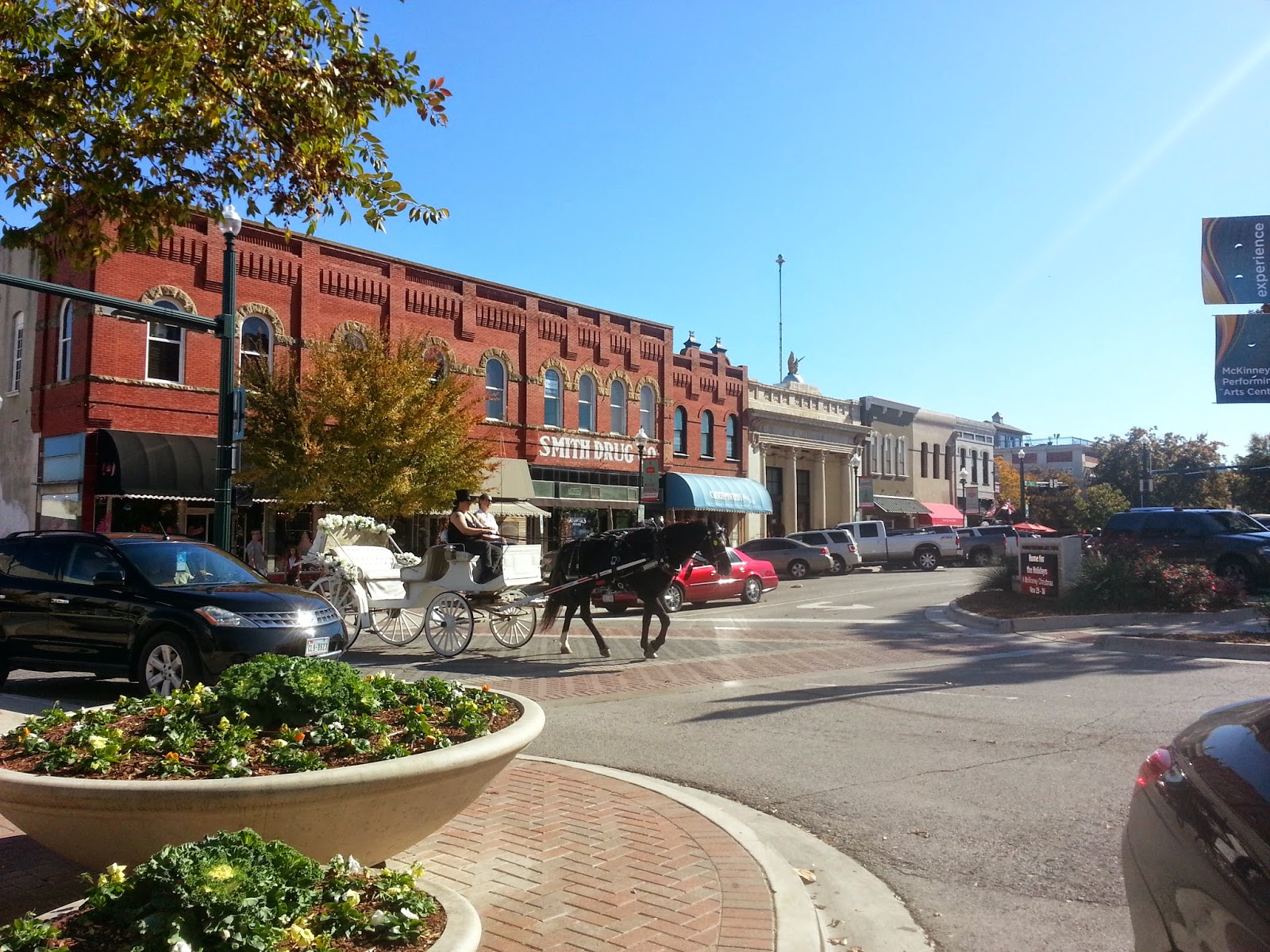You envision the perfect home, but what about the neighborhood?
1. Your Ideal Neighborhood: Most people know what they'd like their
dream home to be like, but they give little thought to the neighborhood. Start
by defining what your dream neighborhood is like. Can you walk to the downtown
area? Do you want to live in a historic neighborhood? Do you want the
neighborhood to be family-oriented? Ensure you write out your list of wants so
you know what to look for.
2. Public Services: With shrinking revenue, many towns and
cities are cutting back on the public services they offer. Parks, libraries and
police often get hit first. Drive through a potential neighborhood, and then
through the town, and look carefully for clues that the city is having
financial trouble. Are the streets clean? Are the parks in good condition? Is
the grass cut? Check the library as well. Have they had to cut their hours?
3. Look at Schools: If you have kids, the quality of local
schools is a considerable concern. Even if you don't have children or plan on
home-schooling, schools still matter simply because when it comes time to sell,
your buyers will likely have kids and great schools “usually” equate to great
neighborhoods. Research the local schools using sites like GreatSchools.org.
4. Examine Clues: Do you see a lot of pre-existing homes for
sale? Does your potential neighborhood have a lot of cheap apartments
for rent? Are local businesses shutting down or is business thriving?
These are signs that things might be on the decline. Also, picture yourself in
the neighborhood. Go through your daily routine to make sure you'll still have
the same quality of life. For instance, if you run every morning, are the roads
safe enough for your morning jog? If you bike to work, are there bike lanes for
you to use? If you love grabbing a cup of coffee, is there a neighborhood
coffee shop for you to enjoy? Don't forget to listen. Can you hear noise from
the highway or airport? Is there a club or bar nearby that might get annoying
at 1 a.m.? These are all important things to consider.
5. Talk to People: Talk to area residents, you’ll be surprised
what they tell you! You'll be living next to these people, perhaps for years.
Having great neighbors can make or break a neighborhood, so find out how they
like living there and what they're like. Remember, you can always make home
improvements to your
house if there's something you don't like. But changing your neighborhood is not
so easy. If the subdivision is part of an HOA, you may want to ensure the HOA
is doing its job by enforcing the rules (lawns cut, no broken down cars, no
purple fences, etc.).


Comments
Post a Comment